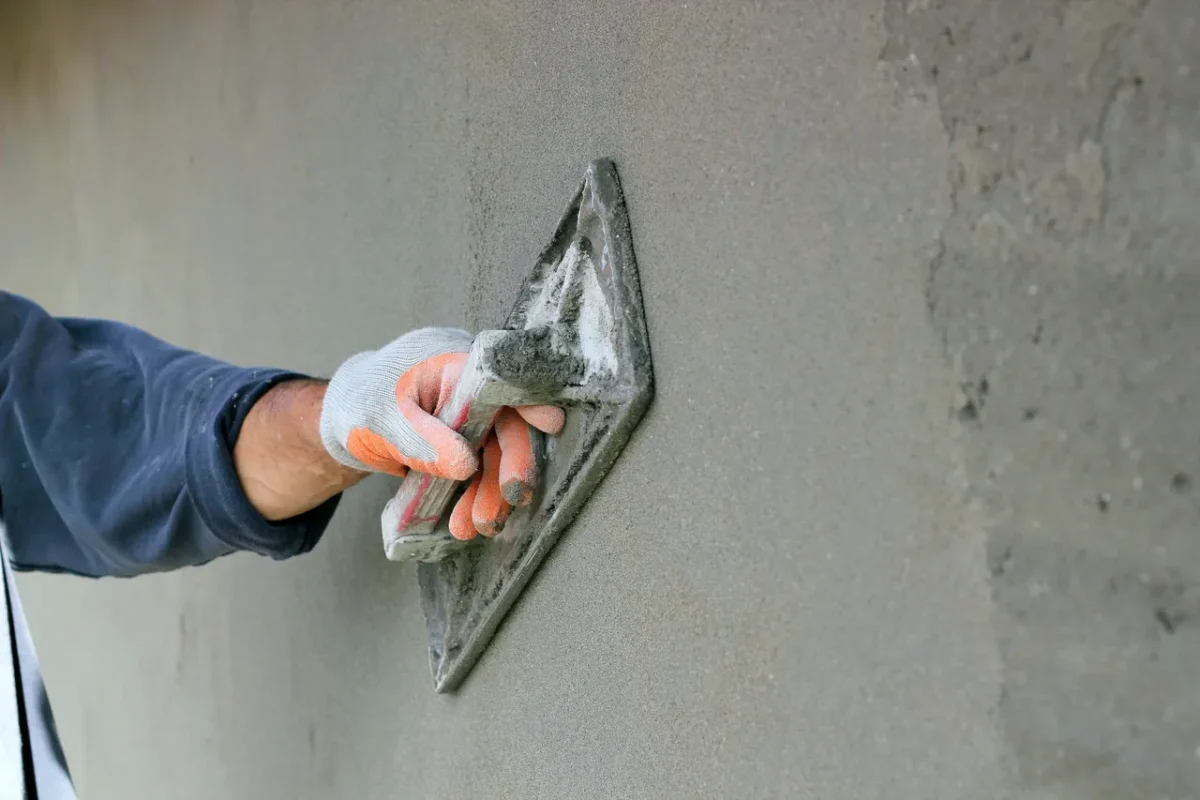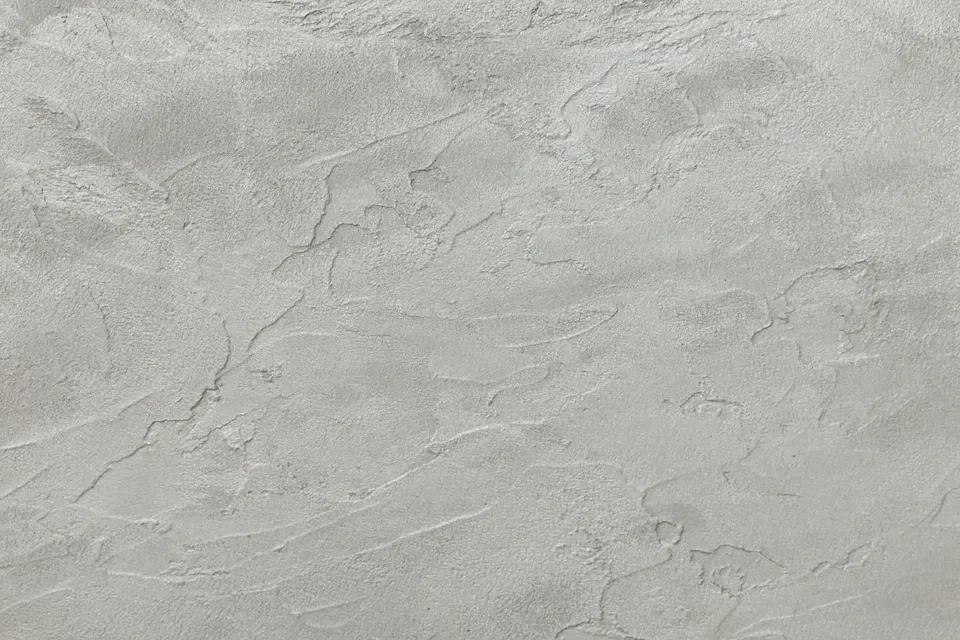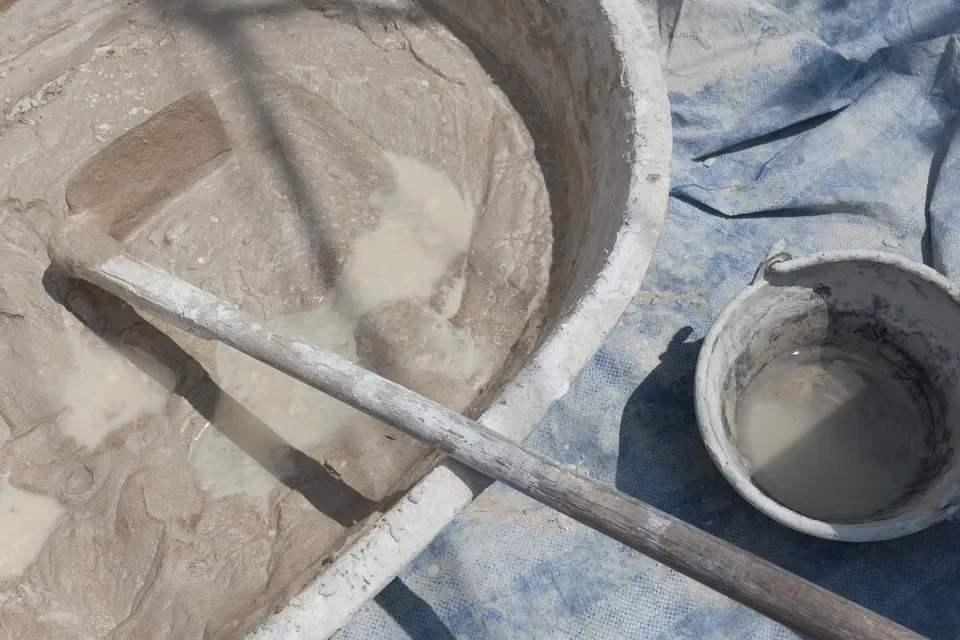What Is the Difference Between Stucco and Plaster?
While there are some commonalities between stucco and plaster: they are both made from ingredients that must be carefully measured and mixed to form the proper ratio, multiple coats must be applied along with adequate drying time allowed for proper installation and wire mesh or lath is often used to allow the material to stick to, there are also key differences to be aware of.
These days, plaster is more commonly used on the interior of a home. Since plaster is a softer building material, it may be more susceptible to damage from weather and nature and is a less durable option for siding. Stucco is a more durable siding option, as it can withstand a lot of various types of weather and water, as well as providing a fireproof exterior on your home.
Stucco and plaster are made using a similar process, but the composition of the materials, the application and the versatility still remain key differences in the comparison of stucco and plaster.
Stucco vs. Plaster: Composition
Stucco is made of Portland cement, lime, and water mixed together to form an extremely durable cement stucco mix. Once dried, the stucco is extremely hard and not very porous, which makes for a great siding option for a residential home to protect from the elements. Plaster is similar to stucco in composition, but it is gypsum-based and does not contain the durable Portland cement. Plaster is composed of gypsum, cement and sand. This gives plaster a softer feel, and can result in a less durable material, especially when it comes to external siding.
Stucco vs. Plaster: Application
While plaster and stucco look alike and can both be long-lasting materials, they should not necessarily be applied in the same places. If you are looking for a durable material that can be applied to both internal and external walls, plaster will be a great option. Plaster can be applied over a concrete exterior and applied over drywall boards on the interior of your home, as well as various other surfaces, and provide a versatile base for painting the inside and outside of your home.
Stucco has a rougher texture, and as such, should only be used on the exterior of the home. Stucco application also requires more preparation: if the surface is not properly prepared, the stucco may not stick correctly. Plaster requires no such preparation to apply to a surface.
Stucco vs. Plaster: Installation
Installation for both stucco and plaster can be a tricky process and should generally be left to the experts. The process of mixing stucco and plaster requires precision in order to achieve the proper ratios that will leave the long-lasting and durable materials for your home that you desire. The installation processes for both stucco and plaster can be labor-intensive.
The installation process for stucco involves installation of a metal lath, layering of the stucco atop the lath and adequate drying time in order to solidify the stucco materials. Installing plaster is a similar layering process, however most contractors will use metal mesh in the installation instead of a lath. Both the installation and repair processes can be difficult to DIY and speaking with a professional can often save you time and difficulties in the future.
Stucco vs. Plaster: Versatility
For an exterior surface, plaster offers a bit more versatility than stucco would. Plaster can be poured into molds and be used to create different shapes and designs, offering unique options that can be used to customize your home. While stucco cannot be molded into different shapes, you can still customize the surface of your stucco with various finishes, providing an individual look that will make your home stand out. The versatility of both plaster and stucco can provide a unique curb appeal to your home.
Can You Stucco Over Plaster?
If you have plaster properly installed as the siding on your home, it is possible to install stucco over the plaster. The installation process will involve cleaning the plaster walls on the exterior of your home, to prepare for the stucco by getting rid of any dirt, dust and grime. Once the plaster is thoroughly cleaned, stucco can be applied using the layered installation process. Stucco will provide the exterior of your home with a bit more durability than your plaster siding, while still offering the versatility and curb appeal that plaster siding is known for.
If you’re interested in learning more about stucco siding, contact Titan Stucco today and get a consultation with one of our siding experts.





